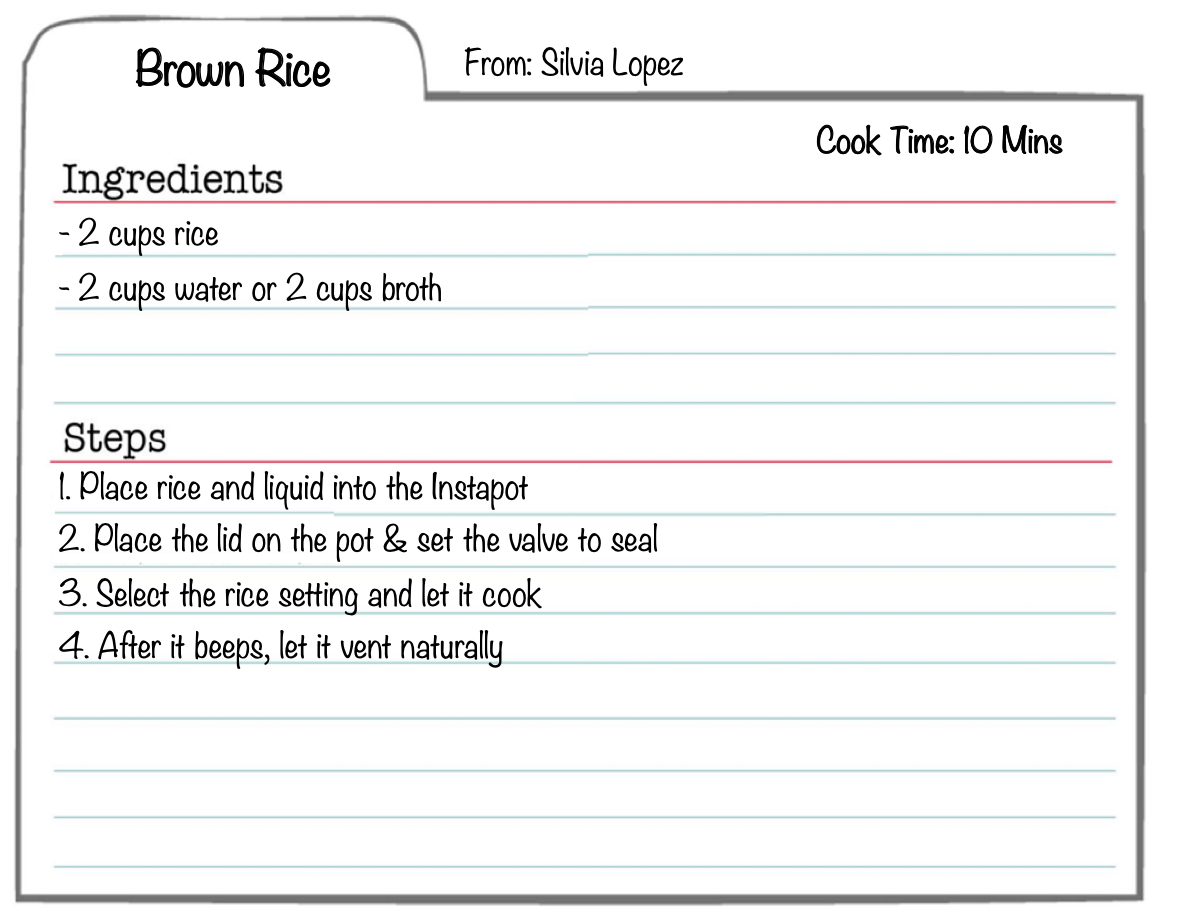8
Silvia Lopez
“In the middle of difficulties, lies opportunity.” – Albert Einstein
In a perfect world, our interactions should be positive, and everyone should get along and support each other. Reality paints a different picture, and leaders often find themselves involved in situations of conflict. Conflict almost always occurs when there is a perceived need to be validated. As long as this need remains unsatisfied, conflict will occur. In a school environment, there will always be a parent, a teacher, or a staff member whose perception of inequities such as preferential treatment, task avoidance or below standard performance evaluation, will originate situations of conflict.
The impact of conflict at a school site will immediately bring the staff morale down, disrupt the educational effectiveness, and slow down the achievement of school goals. The school culture and climate are negatively impacted, and as a consequence, student achievement will no longer be the focus.
Early conflict identification and mediation
While we, as school leaders, can do our best to avoid conflict, early identification and mediation can be just as effective. Developing and communicating a shared vision and creating outcomes that are more satisfactory and beneficial for everyone will help to provide other perspectives and options beyond who is right and who is wrong. Because conflict is an often, an unavoidable part of leadership, managing a diverse collection of personalities, ideologies, work ethics, and habits, being prepared to step in and mediate the situation can make a difference. If the conflict is dealt with correctly, it can lead to a stronger school team with a greater understanding and appreciation for the individuals within the group.
Managing conflict as a school leader is like making fluffy brown rice that does not stick to the bottom of your InstaPot. The key is to know how to adjust your buttons to change from a “high pressure” situation to a “pressure release” for soft, chewy, nutty, and perfect conflict resolution!
Resolving Conflict
The next time that conflicts erupt on your school team, follow the recommendations below:
Mirror. Match the other person’s physical position but always with an open body posture (no crossed arms or legs), creating a 90-degree angle between you facing the same direction and using a calm tone of voice. Body language plays a vital role in de-escalating conflict.
Listen. The most conflict stems from misunderstanding. It may be as simple as poor communication or missed information. Taking the time to listen without judging makes all the difference. Don’t make it personal or take sides. When addressing the grievances of the involved parties, make sure that personal issues aren’t clouding the situation.
Find the root of the issue. Make sure to listen to each side carefully and discern what the real cause of the conflict is. Take into consideration both sides of the story and ask clarifying questions as necessary such as what would you like to see happen? what it looks like for you? What would it take from us to move forward? Tell me more about it?
Mediate. Once you have spoken to each party and found the cause of the issue, bring both parties together to talk it through. Have a plan for guidance and a new understanding of the situation; explain your knowledge of the subject openly at hand. Encourage discussion and actively listen to the conversation. The best conflict resolution happens when both parties openly discuss their feelings with each other. Ask specifically for what they want and take the parties involved to a common ground
Move forward. After the meeting, put the agreed-upon plan into action. Make sure that you are involved in the resolution and that the action plan for avoiding future disagreements is followed thoroughly. Meet with both parties regularly until the conflict has been resolved.
Creating understanding and empathy. Use active listening phrases like, “I get that, I can see how important that is to you, I might feel that way too, I hear what you say, I relate in the same way, etc.” so the conflict is defused and a more constructive conversation can happen.
As a school leader, managing conflict at our schools is an ongoing job duty. It is important to develop essential skills to manage conflicts such as self-awareness, communication, respect, and appreciation for other’s skillsets and points of view. It is crucial to understand how relationships at schools can be strengthened to implement a shared vision and to achieve priority goals for students’ achievement.
Recipe for Leadership
A leadership promise to solve the conflict that begins in the heart:
“No longer do I call you servants…but I have called you friends”. – John 15:15
What can a person do to manage and cultivate good relationships as a leader? Cultivating good relationships as a leader requires three things: Understanding people, loving people, and helping people.
A Recipe for Your InstaPot

